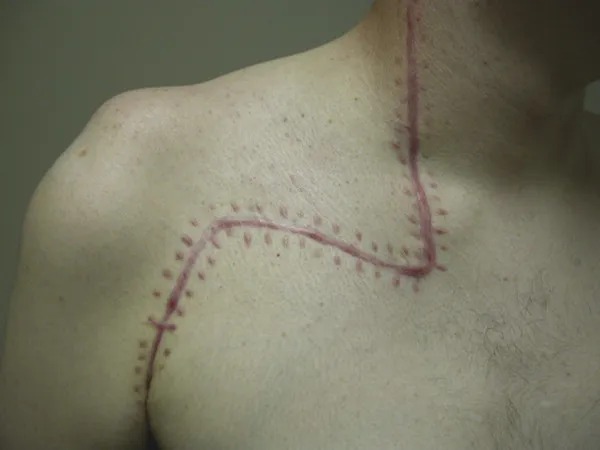
Over View
Brachial Plexus Surgeries
The brachial plexus is a network of nerves that conveys movement and sensory signals from the upper spinal cord in the neck down into the arms and hands. Trauma to the neck or shoulder can injure the brachial plexus, causing pain, numbness, weakness or paralysis in the arms or hands.
Getting Ready for Brachial Plexus Surgery
Before recommending surgery, the surgeon needs to understand which nerves are affected and the injury’s location and severity. If you need brachial plexus surgery, a multidisciplinary team of neurosurgeons, plastic surgeons and neurologists will work with you to determine the best treatment approach based on the injury and your treatment goals.
Details about weakness or paralysis, loss of sensation, and the quality of pain (dull, stabbing, burning, stinging, etc.) can provide important diagnostic clues on the location and severity of injury to the brachial plexus nerves.
The surgeon works with you to focus on the most distressing or debilitating symptoms or issues caused by the injury. In planning your surgery, these considerations help customize the approach and address your specific needs.
Types of Brachial Plexus Surgery
The goal of brachial plexus surgery is to relieve your pain and restore sensation and motor function to your shoulder, arm and hand.
Procedures your surgeon might recommend include:
Brachial Plexus Nerve Repair
When a nerve has been cut or torn, the surgeon may be able to re-connect it by sewing the ends back together. This is performed with the help of a microscope and small, specialized instruments.
Brachial Plexus Decompression and Neurolysis
When a nerve is compressed but otherwise intact, a decompression surgery can help relieve the pressure on the nerve and address related symptoms and loss of function. This can be done by removing scar tissue or adhesions (a procedure called neurolysis) from around the injured nerve.
Nerve Grafting Surgery for Brachial Plexus Injuries
When a nerve has been injured or scarred severely, it may no longer be able to carry signals from the brain to the arm and hand, leading to paralysis.
Brachial Plexus Nerve Transfer Surgery
During a nerve transfer, a nearby functioning nerve that is performing a noncritical function is connected to the injured nerve. This creates a framework for new growth and a pathway for signals.
Tendon Transfer Surgery for Brachial Plexus Injuries
During a tendon transfer, a functioning and expendable tendon is attached to a tendon that is paralyzed as a result of brachial plexus injury.
In some cases, a tendon transfer offers the best option for restoring movement after a brachial plexus injury. The most common reason for the procedure is that too much time has passed after the injury and nerve grafting or transfers are no longer options.
Functional Muscle Transplant for Brachial Plexus Injuries
Functional muscle transplant is another option to restore movement when too much time has passed after the brachial plexus injury and when nerve repair, grafting or transfer is no longer possible.